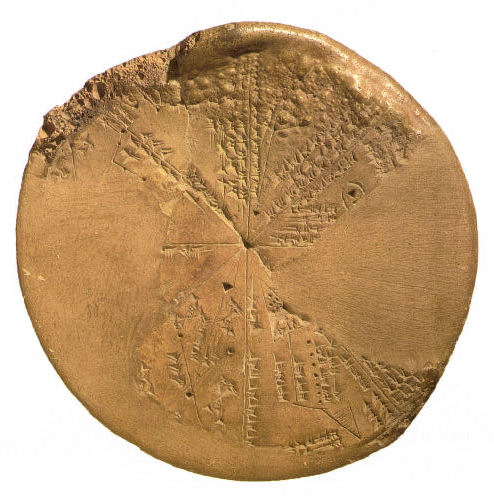 |
|
The earliest roots of modern mathematics and astronomy lie in the ancient Near East, in the region formerly known as Mesopotamia which now comprises the modern state of Iraq and its neighbours.
Since the middle of the 19th century, following the discovery of the ruins of Nineveh, Babylon and other cities, hundreds of thousands of clay-baked tablets covered with cuneiform inscriptions have been excavated from this region and it is likely that more large repositories of cuneiform tablets may still be hidden under the desert sands.
The decipherment and study of these tablets opened the door for late 19th-century historians and scholars to a new and fascinating culture, whose existence before then had only been darkly hinted to by sparse references in biblical and classical sources.
A few thousands of these tablets contain texts on ancient astronomy and astrology and the study and analysis of these tablets have shown that the astronomer-priests of Mesopotamia observed the heavens with great interest and attention and were further advanced in these sciences than their neighbours.
The legacy of these astronomer-priests was to greatly influence the practice of astronomy and astrology in the surrounding regions and evidence for this has been found in Egypt, the Eastern Mediterranean, the Indian subcontinent and perhaps even in the Far East.
The Babylonian practice of dividing the circle in 360 degrees and its sexagesimal parts, the day in 24 hours and the zodiac in 12 signs have remained in use around the world until the present day.
This website offers a comprehensive bibliography of publications on Mesopotamian astronomy and astrology. When online editions are available, appropriate internet links are provided.
In order to make this bibliography more useful, the references are grouped into related topics. Within each topic, the references are not listed alphabetically by author but are given in chronological order. In this way it is easier to focus on developments in a particular field of inquiry during a particular period.
This bibliography is not restricted to the recent literature but an effort has been made to include the earlier literature as completely as possible. Although the earliest references are now outdated and largely erroneous, they show how our present understanding of the astral sciences of the Mesopotamians has evolved from the earliest days of Assyriology to the present day.
NB: The bibliography presented on this website is still preliminary. Many items still need to be added and checked and some items may eventually migrate to other sections. For corrections and suggestions for improvement, please write me.